Homebuyers
How Much Home Can You Really Afford?
October 22, 2024
Buying your first home is one of the biggest financial steps you'll take, but how do you know what you can truly afford?
It's tempting to look at the homes that catch your eye, but it's essential to focus on the numbers before you start dreaming of granite countertops and spacious yards. The key is making sure your budget aligns with your comfort zone—not just what a lender is willing to approve.
The rule of thumb is buyers shouldn’t spend more than 28% of their gross (pre-tax) income on their mortgage payments. But everyone’s expenses vary.
You may have childcare or other costs to consider that aren’t considered by lenders. So, you want to make sure you can comfortably handle the payments while maintaining some financial security for life's unexpected twists.
Using a Home Affordability Tool or booking a homebuying assessment call can help you crunch the numbers and get started on the right foot.
"The first step is getting income reviewed and approved by your lender," said Amber Ernst, a loan officer at New American Funding in Bettendorf, Iowa. "Then we talk about the buyer's comfort range for a payment and determine the price range they should search in."
Planning for more than just your mortgage payment
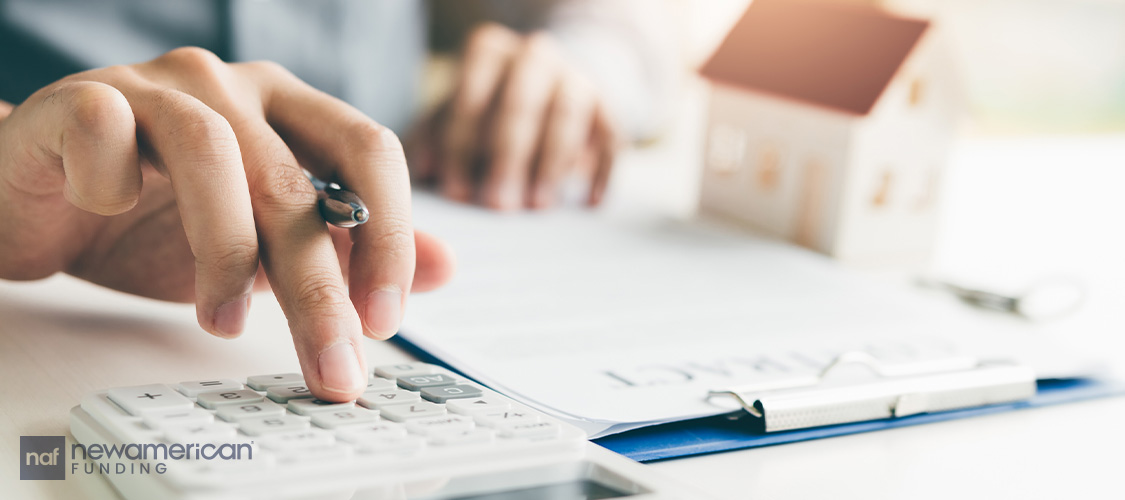
Once a lender reviews and approves your income, the next step is determining your comfort level with monthly payments. You want to figure out what you can realistically afford without stretching your budget too thin and becoming “house poor,” where you can afford your house but not much else.
"If the buyer is unsure of a payment comfort range, we start with rent. If they don't pay rent, I would look to start around 25% of gross income as a guess," said Ernst.
However, it's important to note that your monthly payment isn't just about the mortgage. You'll also have to account for utilities, insurance, property taxes, and unexpected expenses like repairs.
Another mistake first-time buyers often make is pushing their budget to the maximum. Lenders don’t take all of your expenses into account when they approve someone for a loan. So, you want to look at what you’re spending money on every month and annually to ensure you can afford homeownership.
While it might feel tempting to stretch for your dream home, it's important to remember that your first home likely won’t be perfect—and that’s okay.
Most likely, your first home isn’t your forever home. In fact, the average length homeowners stay in their residences was 11.9 years as of 2023, down from 13.4 years in 2020, according to a Consumer Affairs Report.
Buying a less expensive home may provide you with enough income left over every month to reach other financial goals—or even have enough left over to enjoy yourself.
"Take a little less price or smaller size or smaller garage knowing that you can get in, build equity, and save for something more in the future," said Ernst.
Avoid the pitfall of using all your savings on your home
A common mistake many first-time buyers make is using all their savings on the down payment and closing costs, leaving little to no emergency funds.
Homeownership comes with all sorts of previously unimaginable repairs and maintenance costs.
"It's a good idea to keep some savings for the 'what ifs' that come along with owning a home," said Ernst. "It's inevitable that the water heater will break, and you'll need four new tires at the same time. It just happens.”
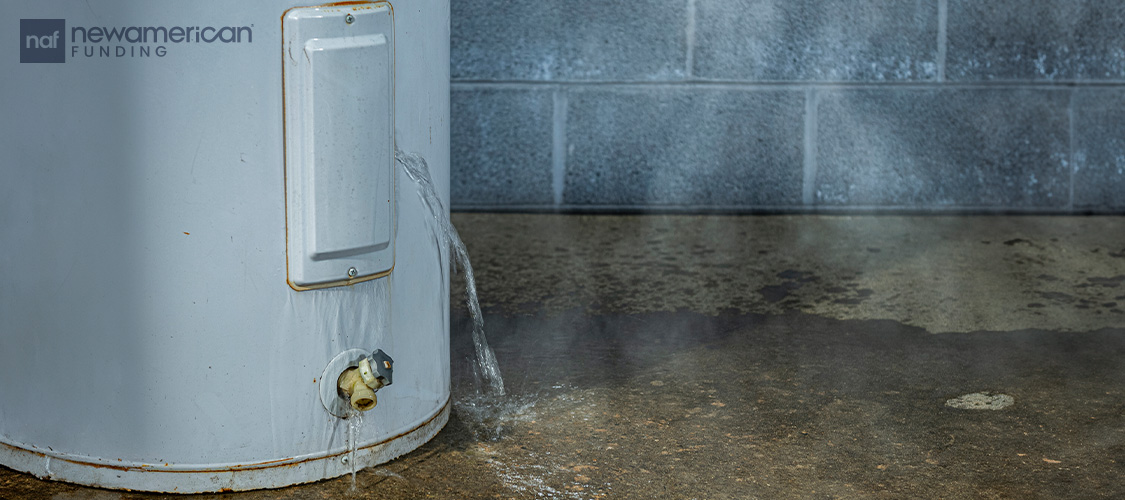
The impact of mortgage rates and loan terms
Figuring out how much you can afford doesn’t just depend on the home price. Mortgage interest rates can play a large part in the size of your monthly mortgage payment.
Even small changes can make a big difference in your monthly costs. For example, a single percentage point increase in the interest rate can add hundreds to your monthly payments.
Loan terms also play a big role. A 30-year mortgage has lower monthly payments, but charges more in interest over time. On the other hand, a 15-year mortgage has lower interest rates but higher monthly payments.
By understanding your expense, being realistic about your monthly payment comfort level, and putting some savings in reserve, you may be able to set yourself up for success in homeownership.
Amber Ernst NMLS# 406037
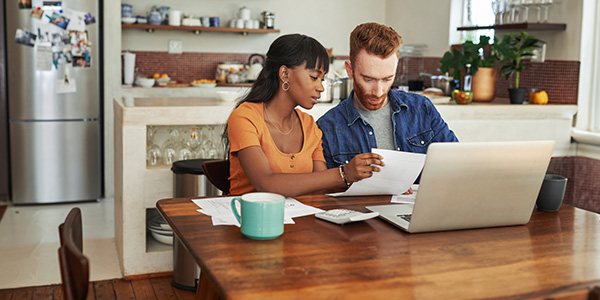



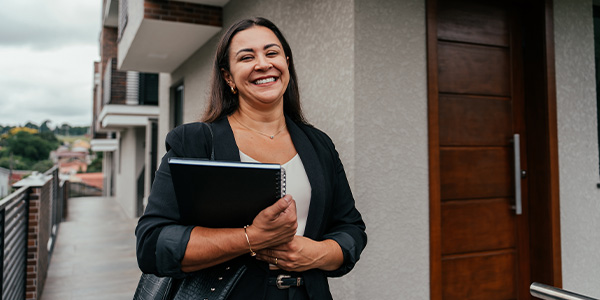
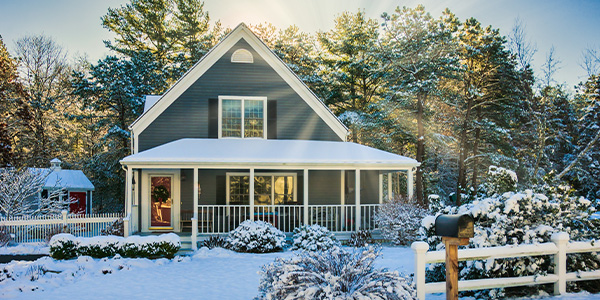
 Smart Moves Start Here.
Smart Moves Start Here.